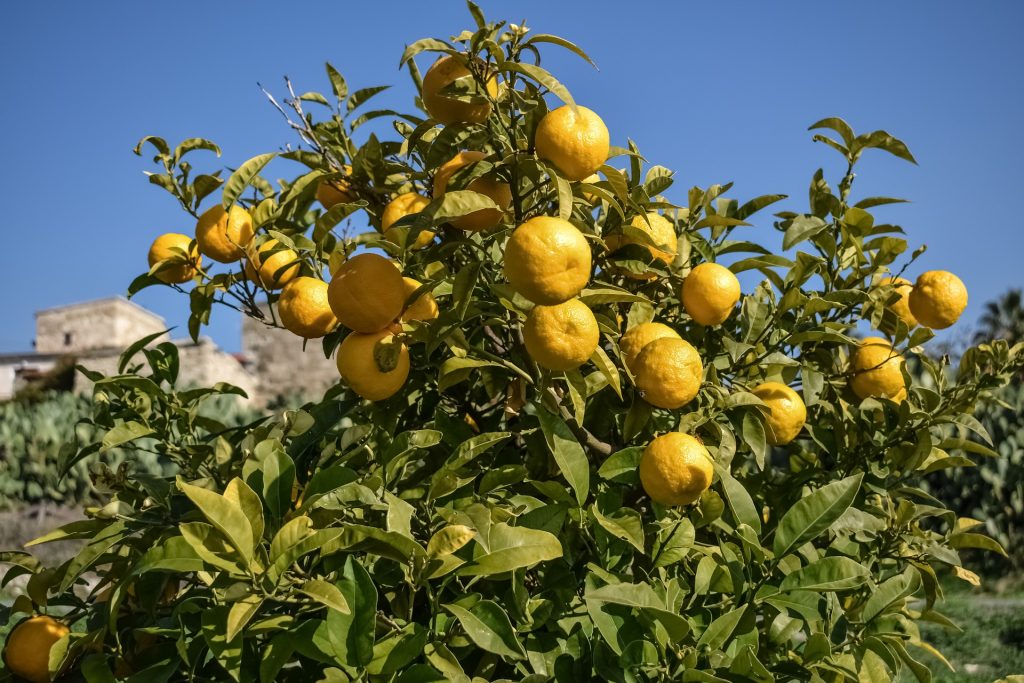 Citrus is a large group of fruit bearing trees that include oranges and lemons. Citrus fruit are well known for their vitamin C content, but also contain a number of other phytochemicals that are of interest. Citrus aurantium is commonly known as the bitter orange, and like all citrus, it is a rich in vitamin C. The vitamin C in Citrus aurantium provides some of the antioxidant capacity the fruit is known for, and this may explain the benefits of Citrus aurantium on mental health. This is because foods high in antioxidants have been shown to have particularly beneficial effects on mood, and may act as anxiolytics and antidepressants. The antioxidant capacity of Citrus aurantium may also be due to the presence of polyphenols, which comprise mainly of naringin and neohesperidin. These polyphenols increase in concentration during ripening, which suggests that riper fruit may have a considerably higher antioxidant capacity compared to less ripe fruit. Similar observations have been made for other citrus fruit such as mandarin oranges.
Citrus is a large group of fruit bearing trees that include oranges and lemons. Citrus fruit are well known for their vitamin C content, but also contain a number of other phytochemicals that are of interest. Citrus aurantium is commonly known as the bitter orange, and like all citrus, it is a rich in vitamin C. The vitamin C in Citrus aurantium provides some of the antioxidant capacity the fruit is known for, and this may explain the benefits of Citrus aurantium on mental health. This is because foods high in antioxidants have been shown to have particularly beneficial effects on mood, and may act as anxiolytics and antidepressants. The antioxidant capacity of Citrus aurantium may also be due to the presence of polyphenols, which comprise mainly of naringin and neohesperidin. These polyphenols increase in concentration during ripening, which suggests that riper fruit may have a considerably higher antioxidant capacity compared to less ripe fruit. Similar observations have been made for other citrus fruit such as mandarin oranges.

The seeds of citrus fruit can also be a rich source of polyphenols. Polyphenols found in citrus seeds include hydroxybenzoic acids, hydroxycinnamic acids, flavanones, flavan-3-ols, flavonols, flavones, simple phenols and coumarin.
Eat Well, Stay Healthy, Protect Yourself
RdB
